What are the characteristics and consequences of current territorial changes and restructurings in the Himalayan region and do they contribute to making …this region a specific entity? These are the questions addressed in this book by Indian, Nepalese and European scholars.
Anthropologists, geographers or historians,they are specialists of the area and with this book make an original contribution to Himalayan studies. They use the notion of territory in a broad way including its political, administrative and economic aspects as well as its cultural and symbolic ones, and they pinpoint the long and complex process of territory-making on various scales.
In the first part, the book focuses on current territory-making in the light of legacies,chiefly on claims to territories based on ethnicity and on indigeneity. The authors explain how some of these claims find their roots in policies implemented at the time of British rule. They highlight the ambiguities in the various claims and the difficulties in implementing them. The second part of the book deals with territories of modernity, territories of exclusion. On the one hand, it addresses the emergence of new territories associated with development programmes and shows the difference between various conceptions of territory and of resources. On the other hand, it is devoted to the way migrants, displaced people, and new settlers make new territories and forge bonds with them.

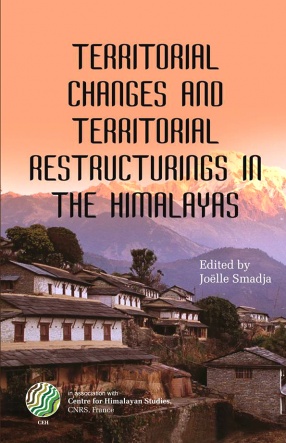
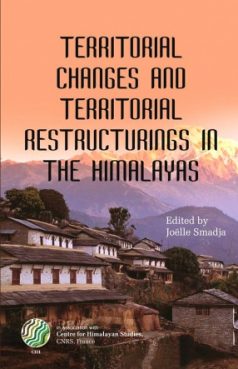
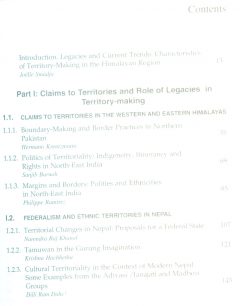
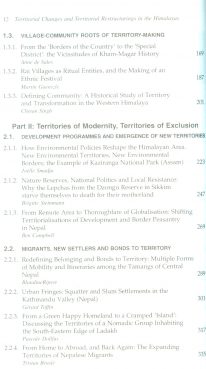

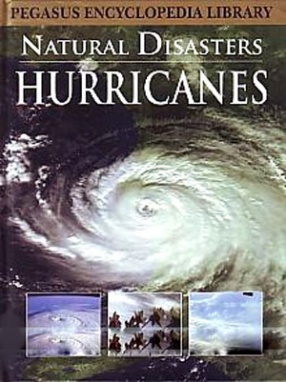

There are no reviews yet.